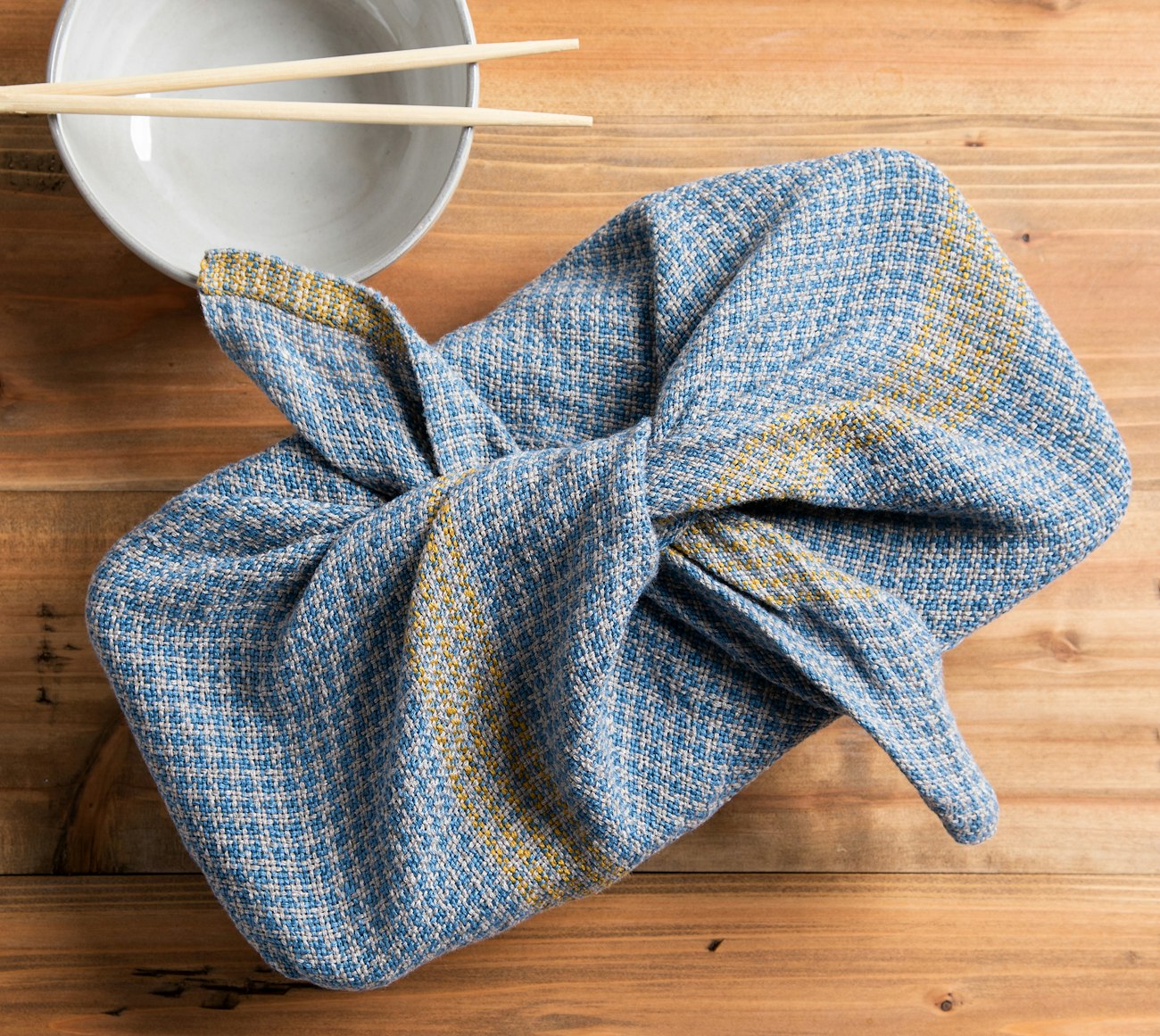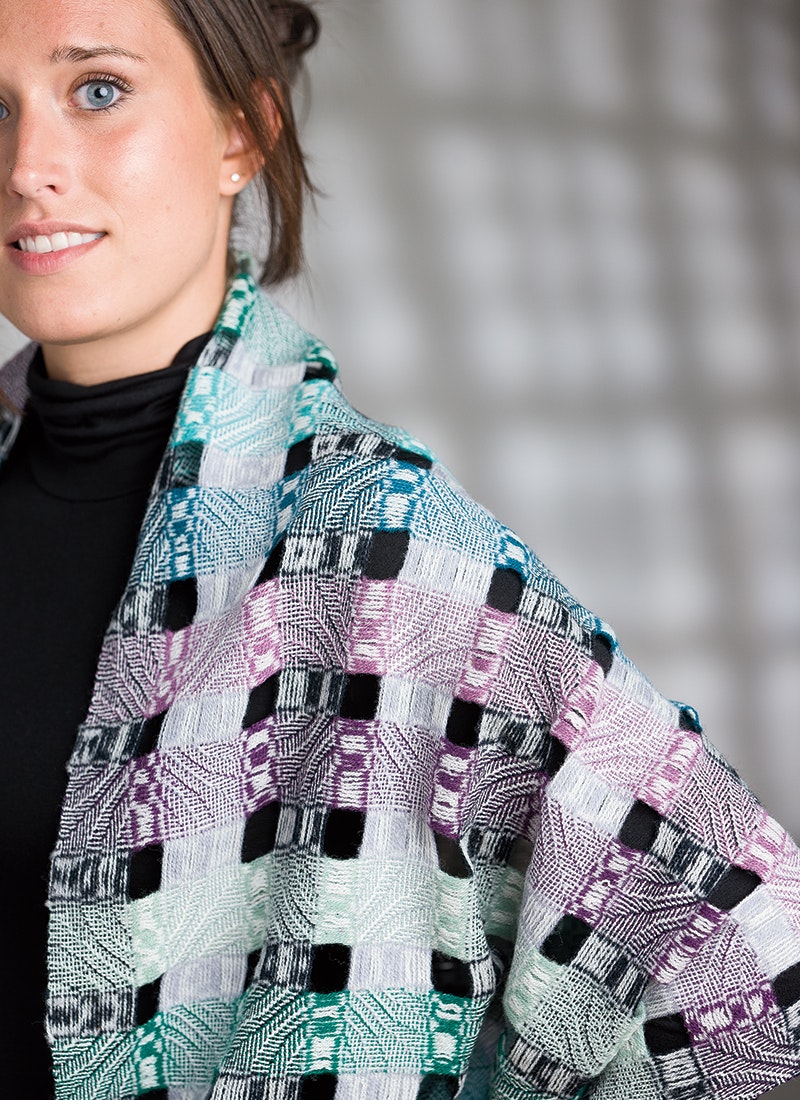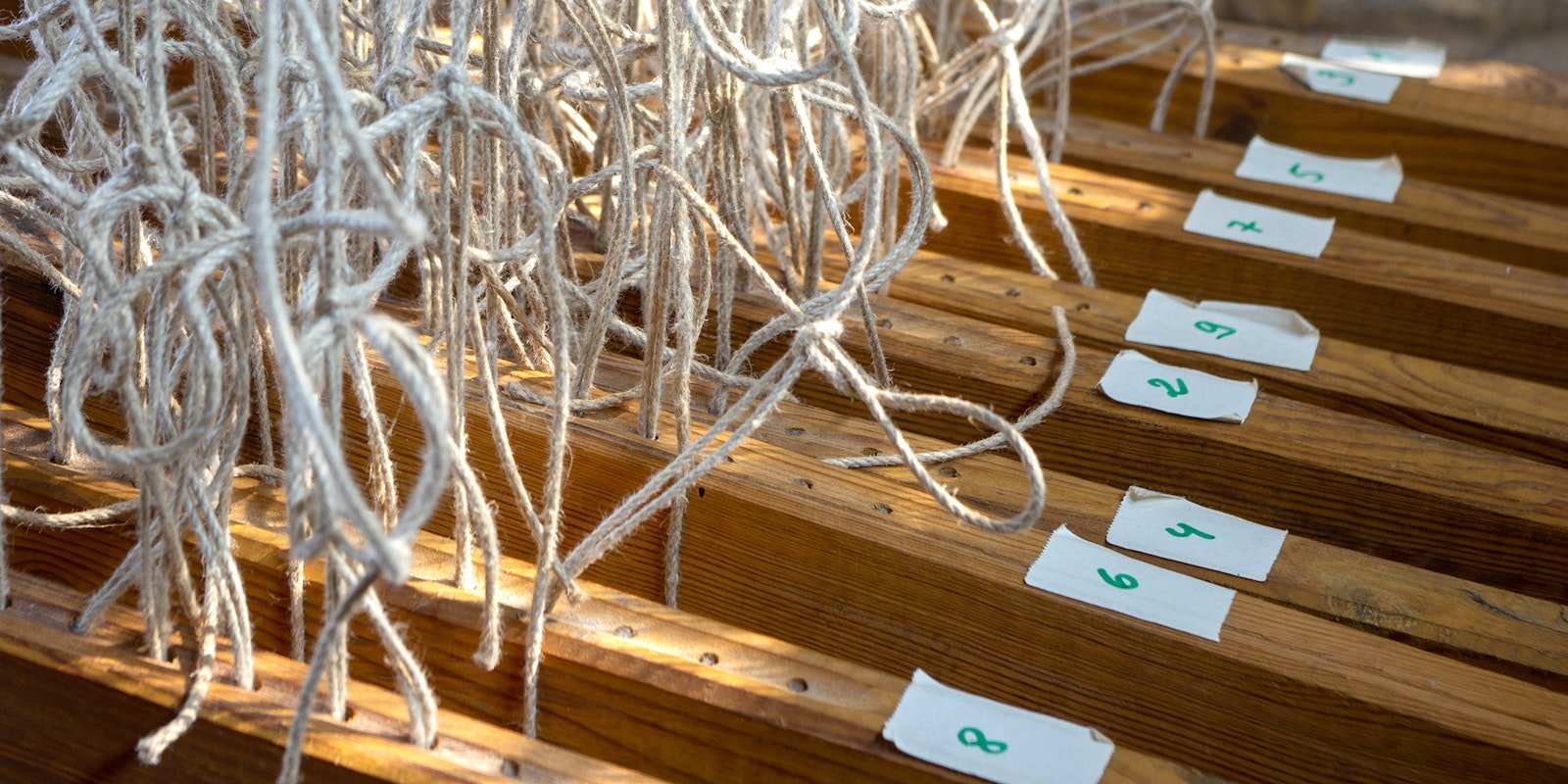Contents
Whether you’ve submitted projects to Handwoven before or this is your first time, we strongly encourage you to show us your ideas—you never know until you try! Read on to learn about this issue’s theme.
What are stages of weaving?
All aspiring weavers start in the same place, learning the basics.
After that, our paths separate, twist, and turn as the years and our inclinations carry us forward. Some stages are temporary, while others are driving forces throughout our lives.
Some have happily spent years weaving nothing but dish towels—others would rather weave anything but dish towels;
Some are just learning to weave—others are honing their skills on complex structures;
Some are yearning for loom time in the face of work, family, or budget pressures—others are getting ready to downsize for one reason or another;
Some are searching for a loom that will provide more weaving options—others are looking for a loom with features that will ease physical woes;
Some prefer to weave projects exactly as published—others feel driven customize everything they weave.
Regardless of the way you go about it, if you’re weaving, you’re winning!
Projects for this issue

Jennifer Miller Comstock’s two-shaft or rigid-heddle Houndstooth Bento Bag, from September/October 2020, uses simple plain weave and color-and-weave to great effect. Photo by Matt Graves
For the Fall 2026 issue of Handwoven, we’d like you to design a project that showcases the particulars of the way you weave right now, whether you’re stealing a few precious moments at the loom, trying to get used to two-shuttle weaves, diving deep into structures with a study group, or planning your next long warp using stash for gifts (or for the guild sale).
Here are some things to think about as you design:
Dish towels are great projects for beginners, and also for designers who are exploring new-to-them structures.
Handwoven projects don’t need to be big.
For more experienced weavers, consider whether your design could include both a simple mode and an advanced mode.
Small yarn put-ups are often friendly to budgets.
So is weaving from stash. (If you delve into your stash for your design, you’ll need to list alternatives for discontinued or unlabeled yarns.)
When you submit your design, please tell us a bit about your current weaving stage—which could include your interests or experience, your available weaving time, your stash, your equipment, or any other factor that affects how and what you weave. We’re in search of all sorts of weavers, so please don’t be shy!
Along with your design, we’d also like you to offer suggestions for how readers can make the project their own—for instance, ideas for alternate colorways or other uses for your draft (such as turning a dishtowel into a scarf if the hand of the textile is right for that kind of thing). How can weavers end up with a similar result using more or fewer shafts? (Hint—handweaving.net is a great resource for tracking down this kind of alternative.)

Jannie Taylor’s virtuosic Windows and Shadows Shawl combines shadow weave, a spaced warp and weft, and a touch of fulling. You can find the project in the January/February 2012 issue, or in the library. Photo by Joe Coca
How to submit a proposal
Please use our Handwoven submission form for your proposal. We base project selections for each issue on your photographs and the information about structure, fiber, draft source, and inspiration that you include on that form.
Submission guidelines can be found here. Check out the palette for the issue here.
Here is some guidance for your photos and other materials:
- If you’ve already woven the piece you‘re proposing, be sure to include clear photos that show the item overall as well as close-up shots of any key details.
- If you’ve woven a version of the piece but expect to reweave it if it’s selected, please send photos of the preliminary version along with a description of what you’ll be doing differently for the proposed project.
- If the piece is in progress, please include photos showing it on the loom.
- If you haven’t put it on the loom yet, please include a draft (hand-drawn or WIF), a sketch showing your concept, and a picture of your proposed yarn.
We will review all proposals and ask for additional photographs or information, if needed, to be sent in by December 22, 2025. If your project wasn’t on the loom before the initial proposal deadline, we very strongly recommend warping and weaving a portion of it before this date, and sending us photos of your work. We‘re unlikely to accept any projects that don‘t include photos showing a sample of the woven textile, whether it is on or off the loom.
Please send project updates, including photos, to the editorial email below and reference your submission.
After our content-selection meeting in early January, we will contact everyone who submitted article and project ideas to inform them of our decisions.
Accepted articles and finished woven projects are due, along with project paperwork, by the final materials date listed below.
Important dates
Initial proposals for projects and articles due: November 3, November 7, 2025
Final submission materials in the form of photographs and article outlines due: December 22, 2025
For accepted project proposals, woven projects and paperwork due: February 9, 2025
For accepted standalone article proposals, final copy (including photos or illustrations) due: March 30, 2026
If you’d like to get a head start on the paperwork, look here to choose the option that fits your project.
Please use the email address below for inquiries that don’t fit into our submission form. If pieces of your proposal cannot be emailed, please contact us and ask for a physical mail address.
Editorial email: [email protected]
I look forward to seeing your proposals!
Happy weaving,
Lynn

